Your body fat percentage says a lot about your overall health, so it’s definitely a good idea to know where you stand and be able to measure progress.
When measuring body fat—as well as tracking other fitness markers like body composition, muscle mass, and hydration levels—there are a lot of different methods out there. But with such a wide variety of options, it can be hard deciding which one is right for you. Just think, how many times have you chosen something only to regret your decision later?
Fortunately, this doesn’t have to happen to you. And we’re here to help you decide! Let’s take a look at 6 of the most common ways to track body fat percentage.
How body fat is measured — 6 methods
From skinfold calipers to body fat scales and DEXA scans, here are some of the more economically-friendly ways for measuring body fat.
1. Skinfold calipers
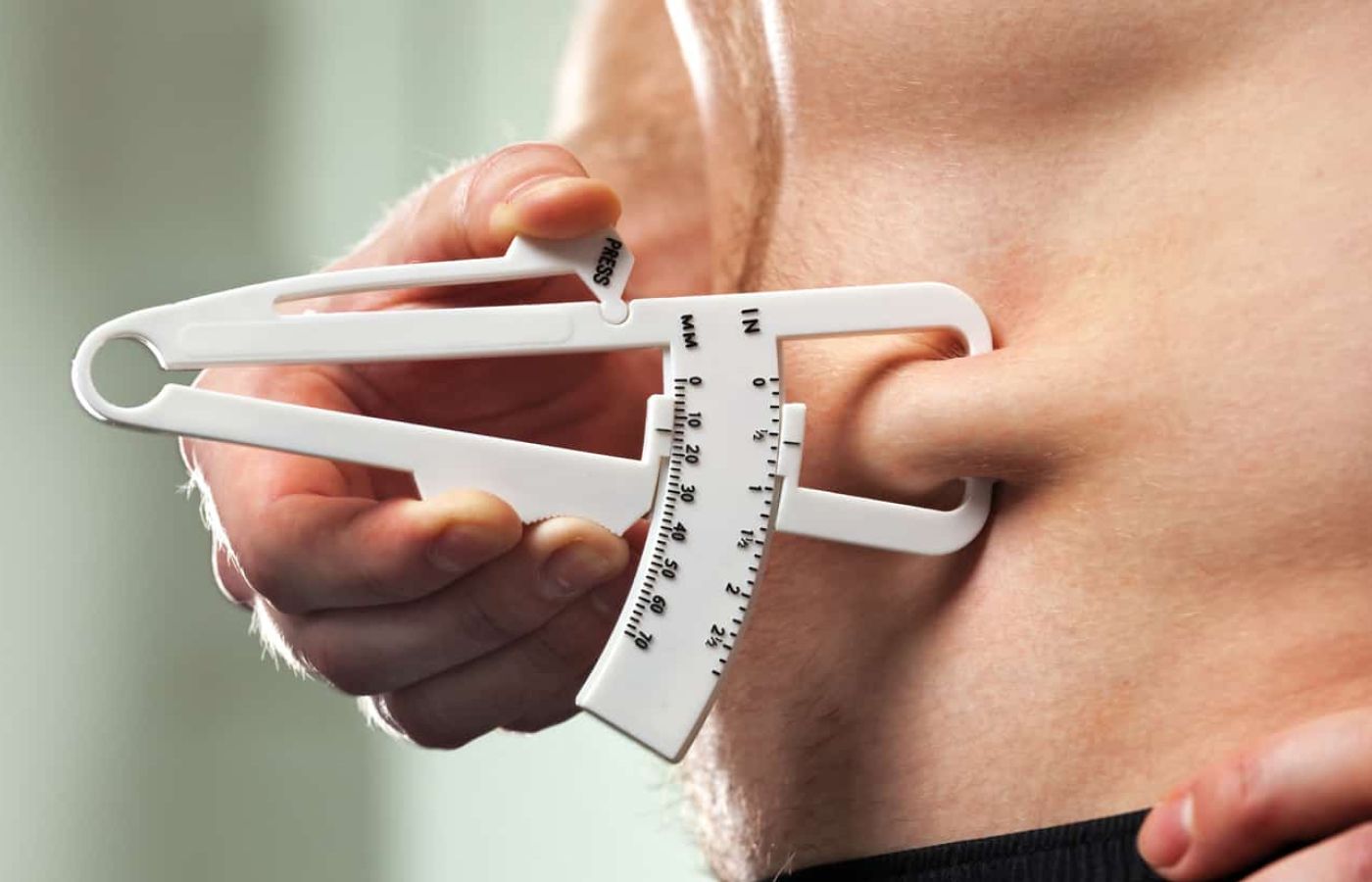
This method involves using skinfold calipers to pinch the skin and measure the fat underneath. You then put those numbers into a formula to get your body fat percentage.
Skinfold calipers aren’t very expensive and you can take measurements pretty much anywhere. But there are a few downsides.
For one, unless you majored in human anatomy, knowing exactly where to pinch on the skin might present some issues. That, and some people really just don’t like their skin pinched.
When it comes to the accuracy test for measuring body fat, calipers are likely to get you within 3.5-5% of your true body fat percentage.
2. Body circumference measurements
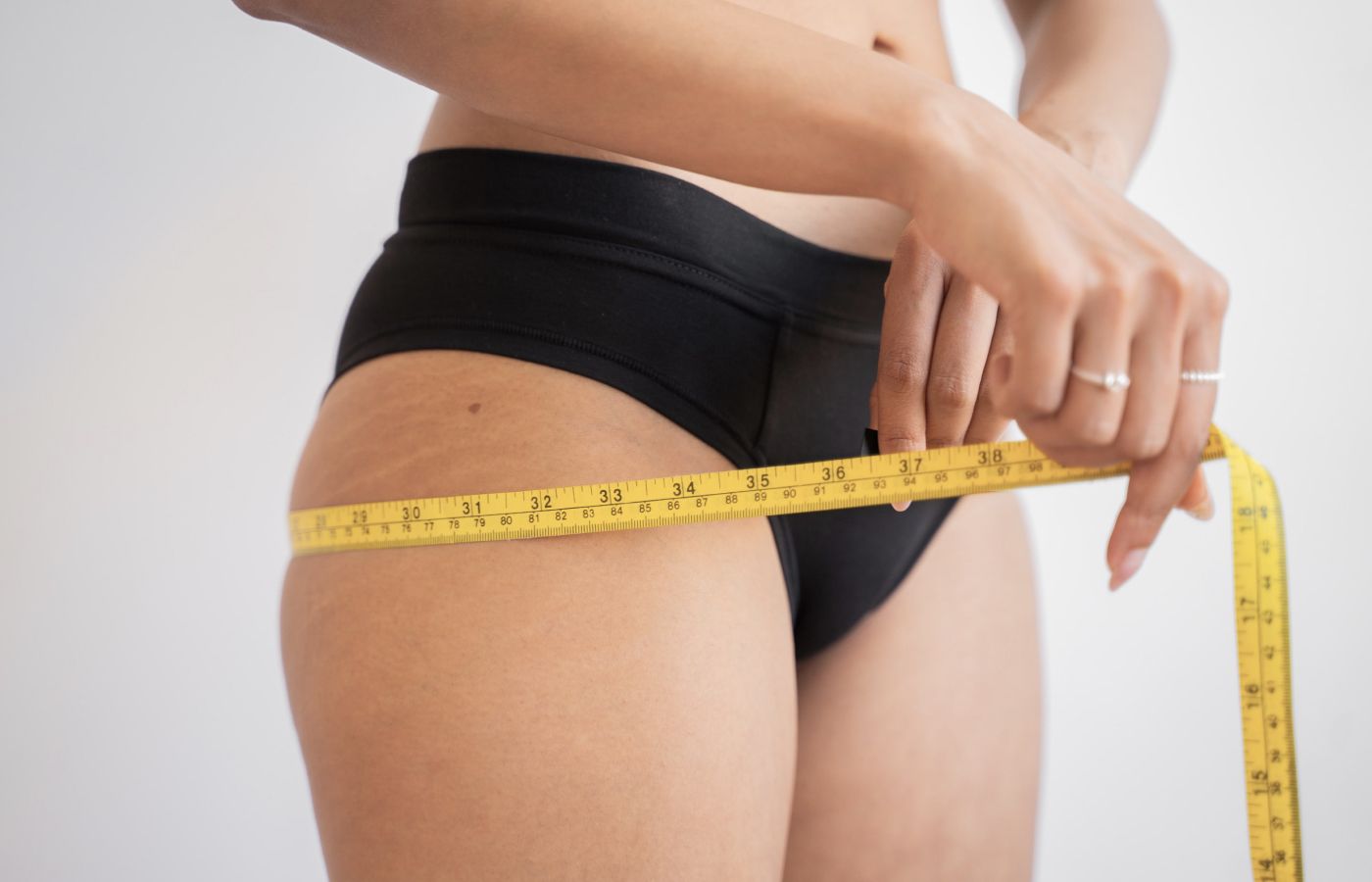
Body circumference measurements are another technique for measuring body fat. All that’s required is a measuring tape and a calculator. Similar to skinfold calipers, you plug your measurements into an equation that calculates your body fat percentage.
Despite being a convenient and relatively fast method for measuring body fat, it’s not the most accurate method and results can vary quite a bit.
3. Waist circumference
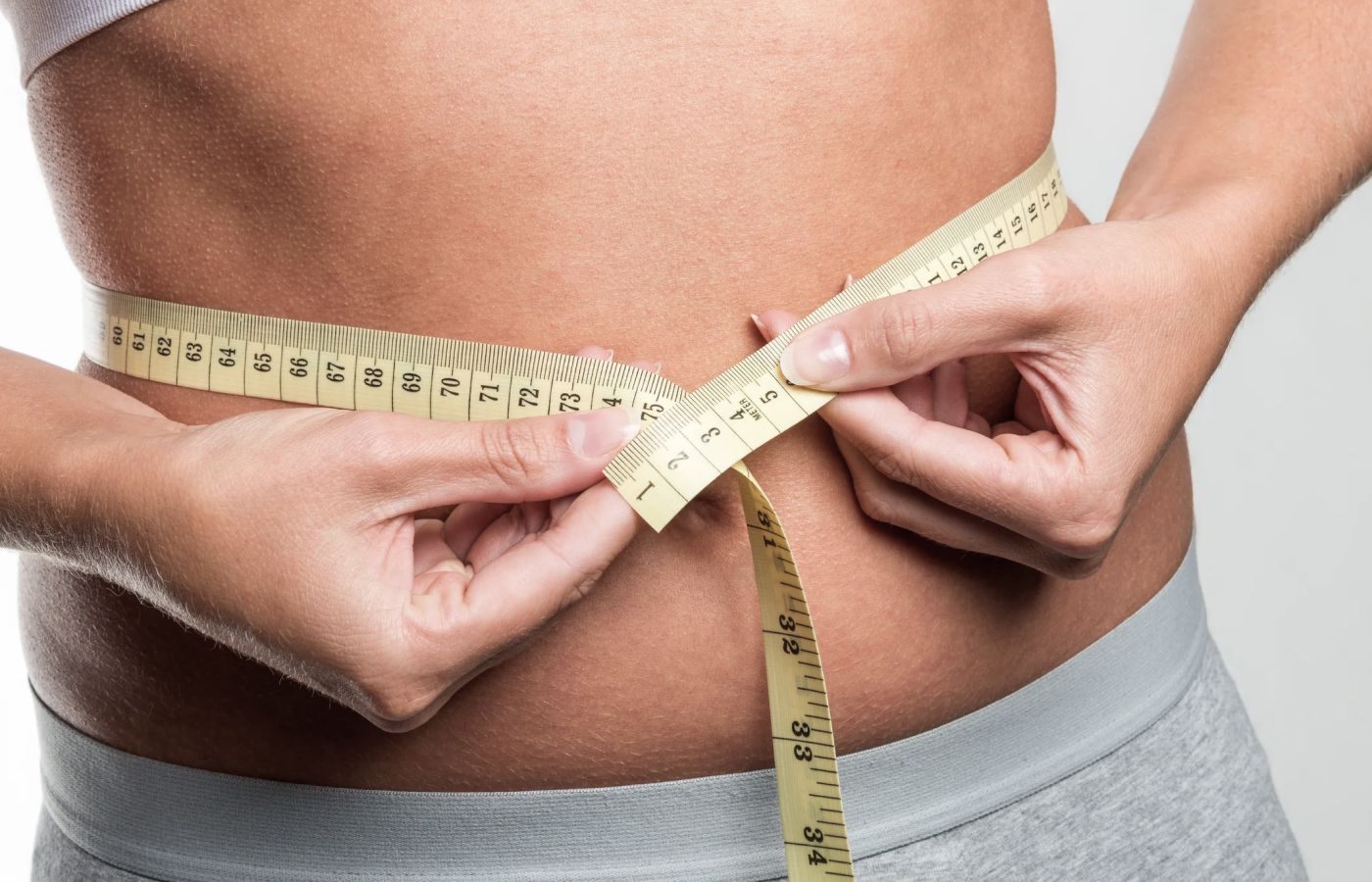
This falls under the body circumference umbrella but since a lot of people turn to waist circumference specifically for measuring body fat, it gets its own section on the list.
Taking measurements strictly from your waist doesn’t tell the whole body fat percentage story. So, in terms of reliability, waist circumference isn’t very accurate.
4. Body fat scales
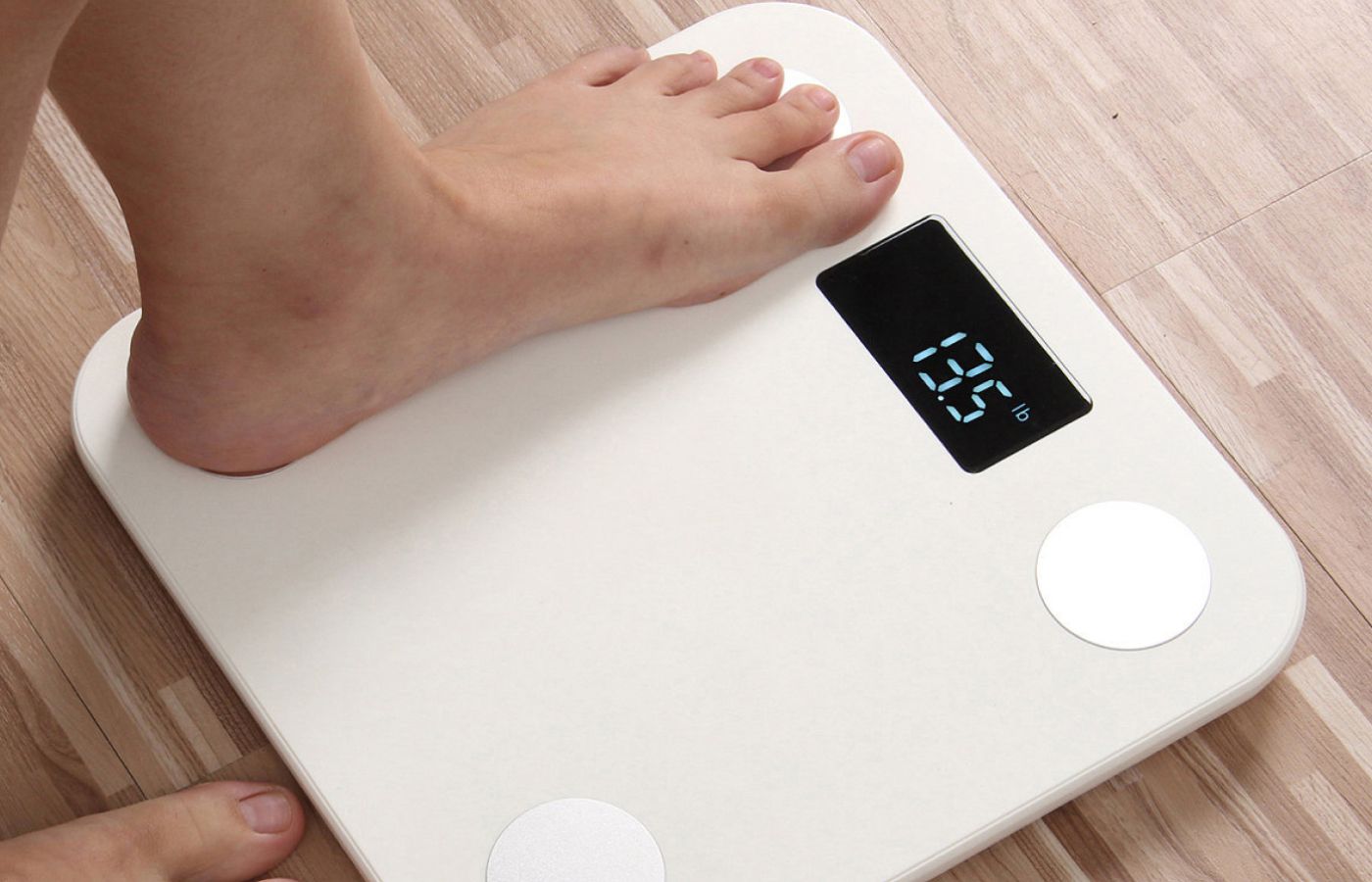
You can also think of this as a body composition scale because they not only keep track of your weight, but these smart scales also break down how much of your weight is body fat and how much is muscle mass.
Which is great, because—while you may think you want to lose weight—what you really want to lose is body fat while preserving as much muscle as possible.
But just how accurate are body fat scales? While they may be a convenient method for getting in the general ballpark, research shows that these scales may considerably underestimate body fat percentage.
5. DEXA Scan
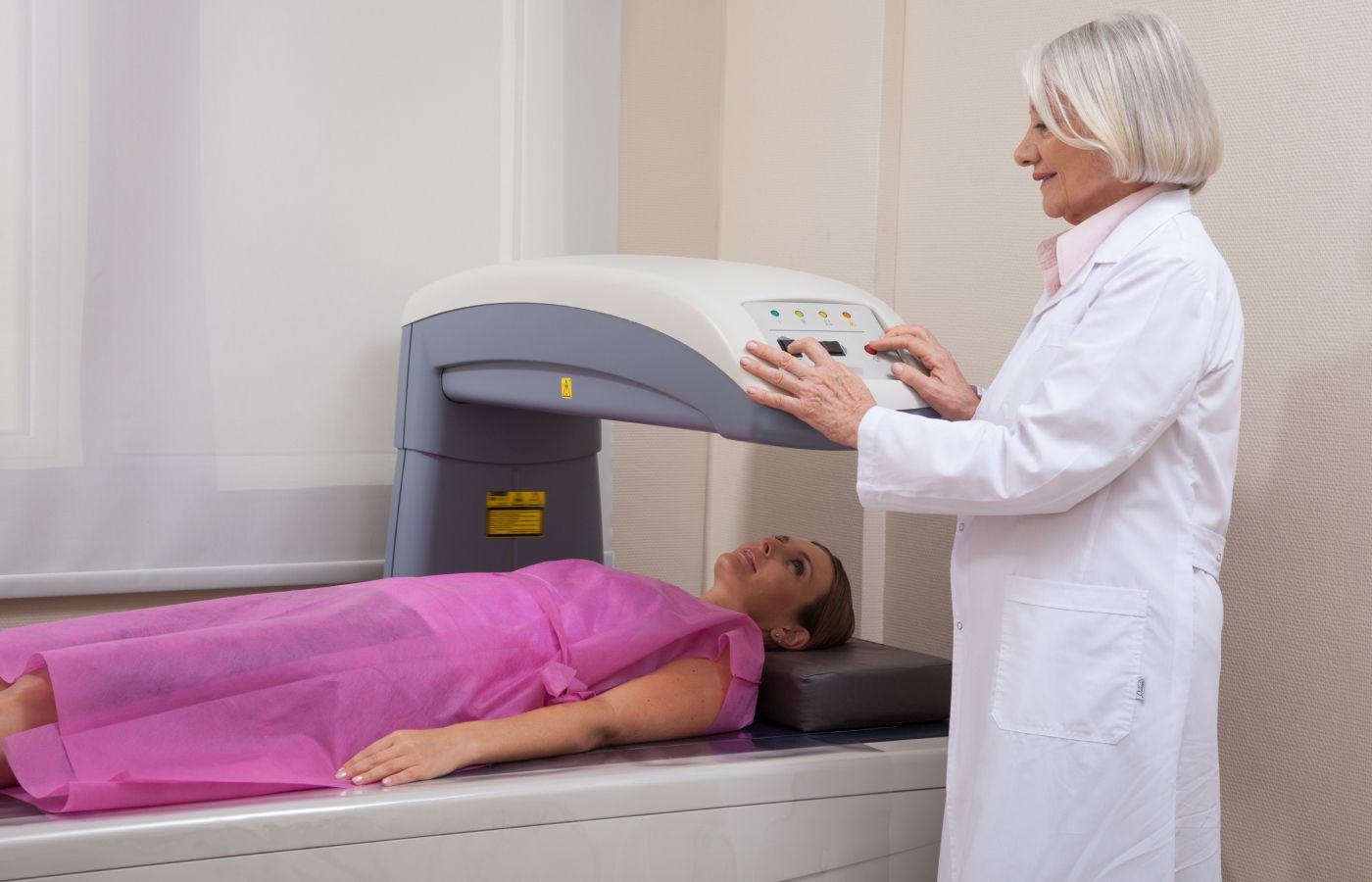
DEXA (aka dual energy X-ray absorptiometry) can provide some pretty nifty information on not just body fat percentage but muscle mass and even your bone density. So, like body fat scales, this is great for learning more about your overall body composition.
It doesn’t take long to get one done (typically only about 10-15 minutes) but DEXA scan costs can get up there, especially when compared to the other methods on the list.
So, that begs the question: Are DEXA scans for body fat accurate? Research shows they can have an error range of about 2.5-3.5%.
6. Hydrostatic weighing

In this method, how body fat is calculated involves measuring your body’s density while underwater. Muscle has a higher density than fat, which means that if you have a lower body fat percentage, then you’ll weigh more underwater than someone with a higher body fat percentage.
Although it’s a fairly accurate test in terms of measuring body fat (there’s an approximate 2% error range), having to hold your breath underwater can be annoying and trigger anxiety. It’s also not a test you can just drive down the street and get.
How to make sure your body fat measurements are the most precise

- Check your measurements in the morning fasted from the night before. Also, make sure you’re taking measurements at the same time each day. This will give you the most consistent and accurate data.
- You want to flush out any water or food your body’s been holding onto overnight, so make sure you go to the bathroom first before performing your measurements.
- Refrain from eating as well until you’ve had a chance to take measurements.
Gain some convenience measuring body fat

The thing with body fat scales is that you can only weigh yourself at home. Unless, of course, it’s not too much of a burden to lug around a smart scale in your car to weigh yourself. And who really has time for all that?
So, just how can you make the “smart” from your scales portable?
Look no further than the AURA Strap 2, the ultimate wearable tech for health.
The AURA Strap 2 allows you to take your health on the go and track your fitness progress from wherever you are.
- From body fat percentage to muscle mass, water retention, and more, our portable Strap gives you up-to-the-minute data on the fitness markers that matter to you.
- The AURA Strap 2 supports Apple Watch, your iPhone, and is fully compatible with Apple HealthKit so receiving insights to reach your health goals has never been easier.
- It’s highly water-resistant, so you can take a shower, go for a swim, or relax in the hot tub without having to worry.
- An internal study shows a 95%+ measurement accuracy for the AURA Strap 2. Check out the full report conducted by our R&D team here.

The AURA Strap 2 also includes 1 month of AURA Plus for free, which features add-ons like:
- Advanced analytics and goal tracking metrics
- Monthly wellness reports and personalized feedback
- Exercise videos tailored to your own unique fitness goals


